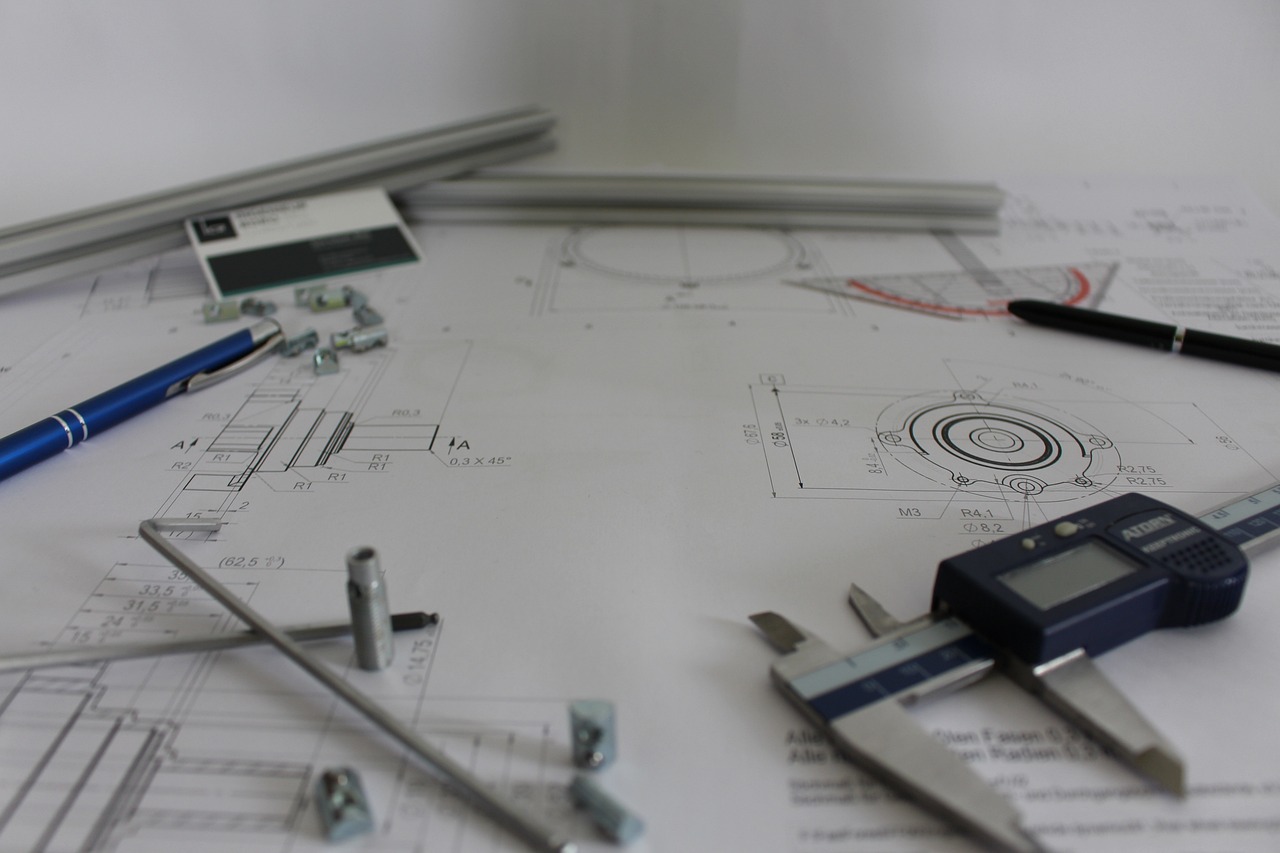In today’s rapidly changing world, engineering disciplines are expected to evolve constantly in order to meet emerging challenges and demands. Flexibility and adaptability have become more crucial than ever in the engineering field. Whether in the development of new technologies, responding to market shifts, or overcoming unexpected obstacles, these two qualities allow engineers to keep pace with an ever-changing landscape.
The Changing Landscape of Engineering
Engineering is a dynamic field, where new materials, tools, and technologies are developed at an astonishing rate. From artificial intelligence and renewable energy solutions to advances in robotics and nanotechnology, engineers are often working with cutting-edge innovations that require continuous learning and adaptation. Without flexibility, engineers and companies can quickly fall behind the competition.
In industries like construction, manufacturing, and software, companies need to adjust their strategies to incorporate the latest advancements. The ability to adapt to these new trends while maintaining existing operations is key to long-term sustainability and growth. Engineers who embrace flexibility can incorporate innovative solutions into their projects, resulting in products and services that are both forward-thinking and practical.
Engineers can apply flexibility and adaptability in a modular unit design, allowing them to easily reconfigure or scale the units based on changing needs, whether in construction, manufacturing, or housing projects.
Problem-Solving in a Fluid Environment
Flexibility and adaptability are indispensable when it comes to problem-solving in engineering. Often, projects encounter unforeseen challenges, such as supply chain disruptions, design flaws, or budget constraints. Engineers must be able to pivot quickly, re-evaluate plans, and make necessary adjustments to stay on track.
For example, a construction engineer might face unexpected delays due to material shortages, but their ability to quickly identify alternative suppliers or substitute materials can make the difference between meeting deadlines and incurring costly delays. Similarly, software engineers often need to adapt quickly to customer feedback or changing requirements, iterating on their designs to deliver the best user experience possible.
Collaboration Across Disciplines
One of the hallmarks of modern engineering is the growing trend of cross-disciplinary collaboration. Engineers often work with experts in other fields—such as data scientists, architects, or environmental specialists—to create innovative solutions. Flexibility in this context means being able to listen to and incorporate the ideas of others, and to understand and respect the complexities of other domains.
Adaptability allows engineers to seamlessly integrate input from various fields, which leads to more holistic and effective designs. Engineers who are open to collaborative approaches can break through the silos that often stifle innovation and find creative solutions that might otherwise be overlooked.
The Role of Innovation and Creativity
Flexibility and adaptability also foster an environment where innovation and creativity can flourish. Engineers who are open to new ideas are more likely to experiment with different approaches, even when the results are uncertain. In a world where the pace of technological progress is so fast, being open to new ideas can lead to the development of game-changing solutions that redefine industries.
For instance, the shift towards green and sustainable engineering solutions has forced engineers to rethink traditional methods. They need to explore new materials, designs, and processes that minimize environmental impact while still being functional and cost-effective. Adaptable engineers are able to incorporate sustainability into their designs, ensuring that the solutions they create are both innovative and responsible.
Conclusion
In modern engineering, the ability to remain flexible and adaptable is essential for overcoming challenges and seizing new opportunities. As industries evolve and new technologies emerge, engineers who can think on their feet and adjust their approaches will remain at the forefront of innovation. Flexibility is not just a trait—it is a mindset that enables engineers to navigate an increasingly complex world and build solutions that stand the test of time.
